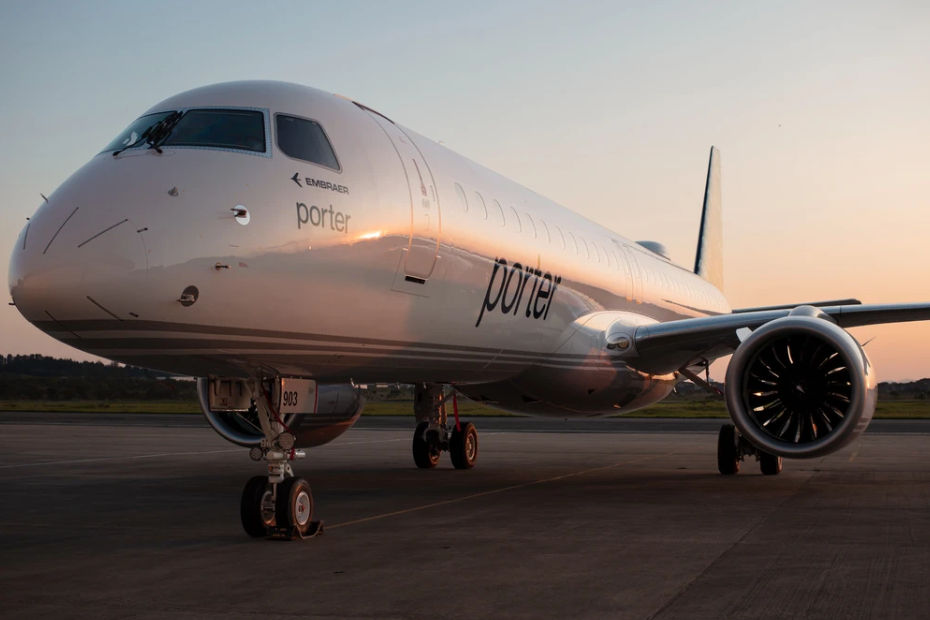Southwest, American and United Airlines Push Back Boeing 737 MAX Schedule Return to Late Summer
- Joe Breitfeller

- Feb 15, 2020
- 2 min read
Southwest Airlines announced Thursday that they have moved their expected schedule return of the Boeing 737 MAX to August 10, 2020. American and United followed suit on Friday, pushing the return date to August 18th and September 4th respectively.

Southwest Airlines announced Thursday that amid uncertainty related to the return to service (RTS) date for the Boeing 737 MAX, they have removed the aircraft from their schedule until August 10, 2020. The airline had previously projected a return date of June 6, 2020. In Thursday’s announcement, the airline stated they are proactively making the schedule change in order to offer reliability in their operation and stability for their customers. Southwest continues to monitor information from Boeing and the Federal Aviation Administration (FAA) on the 737 MAX software enhancements and for guidance on the new training requirements. Today’s announcement will remove around 371 flights from Southwest’s over 4,000 daily departures and affected customers will be notified of their re-accommodations. The airline reiterated that the purpose of their proactive decision to remove the MAX from their schedule is to reduce last-minute flight cancellations which could disrupt their customer’s travel plans.

On Friday, American Airlines announced that they have moved their expected RTS date for the 737 MAX from June 4th to August 18th, 2020. The carrier will be running a formal schedule change on February 23rd and customers previously booked on a MAX through August 17th will see their reservation updated on the carrier’s website. American will gradually phase the aircraft into their schedule over a month, between August and September. With Friday’s announcement, the carrier expects to cancel around 140 daily flights through August 17, 2020. United Airlines also announced on Friday that they have advanced the expected scheduled return of the 737 MAX until September 4, 2020.
Although Boeing has stated that they expect a MAX RTS by the middle of 2020, airlines are proactively removing the aircraft from their schedules until late summer to ensure operational reliability during the busy travel season. The FAA will ultimately issue an airworthiness directive (AD) to certify the aircraft, once they are confident all the necessary changes to the Maneuvering Characteristics Augmentation System (MCAS) software has been exhaustively vetted. The FAA has signaled that they will not be subject to time pressure and the RTS will occur when the aircraft is ready. For airlines, this will require new simulator training for pilots, not to mention the maintenance required to bring their stored aircraft back into revenue service. So, even if the aircraft is certified in July, it makes sense for airlines to build in time for all the prerequisite training and maintenance operations.
Source(s): Southwest, American Airlines, United Airlines


